Gardening To Attract Pollinators
Gardening to attract pollinators is not only fun, but it is essential to our survival as a species.
In the United States, one-third of all agricultural output depends on pollinators.
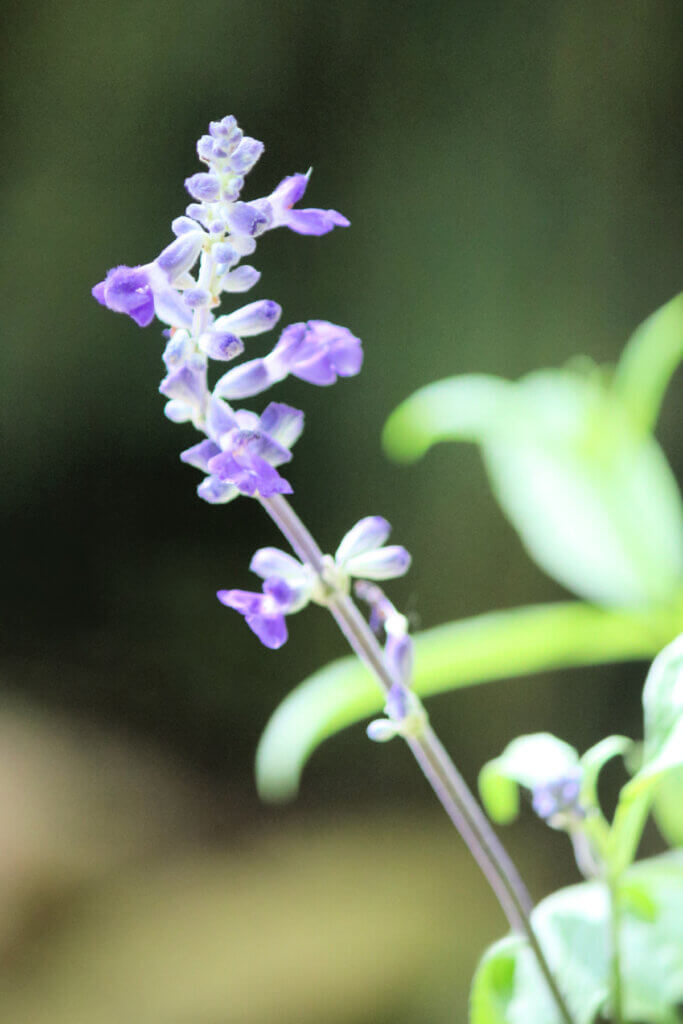
What Is Pollination & What Are Pollinators?
Pollination is what occurs when pollen is carried from flower to flower by birds, bees, bats, butterflies, moths, beetles, and others. The wind can carry it as well.
From Pollinator Partnership:
“The transfer of pollen in and between flowers of the same species leads to fertilization and successful seed and fruit production for plants. Pollination ensures that a plant will produce full-bodied fruit and a full set of viable seeds.
“Worldwide, roughly 1,000 plants grown for food, beverages, fibers, spices, and medicines need to be pollinated by animals in order to produce the goods on which we depend.
“Foods and beverages produced with the help of pollinators include apples, blueberries, chocolate, coffee, melons, peaches, potatoes, pumpkins, vanilla, almonds, and tequila.
“In the United States, pollination by honey bees, native bees, and other insects produces $40 billion worth of products annually.” – Pollinator.org
Herbs & Pollination:
Almost any herb will attract pollinators. I make sure my garden has many herbs mixed in with the other plants and flowers.
Some of the herbs that I’ve recently planted are chives, lemon balm, sage, and various mints.
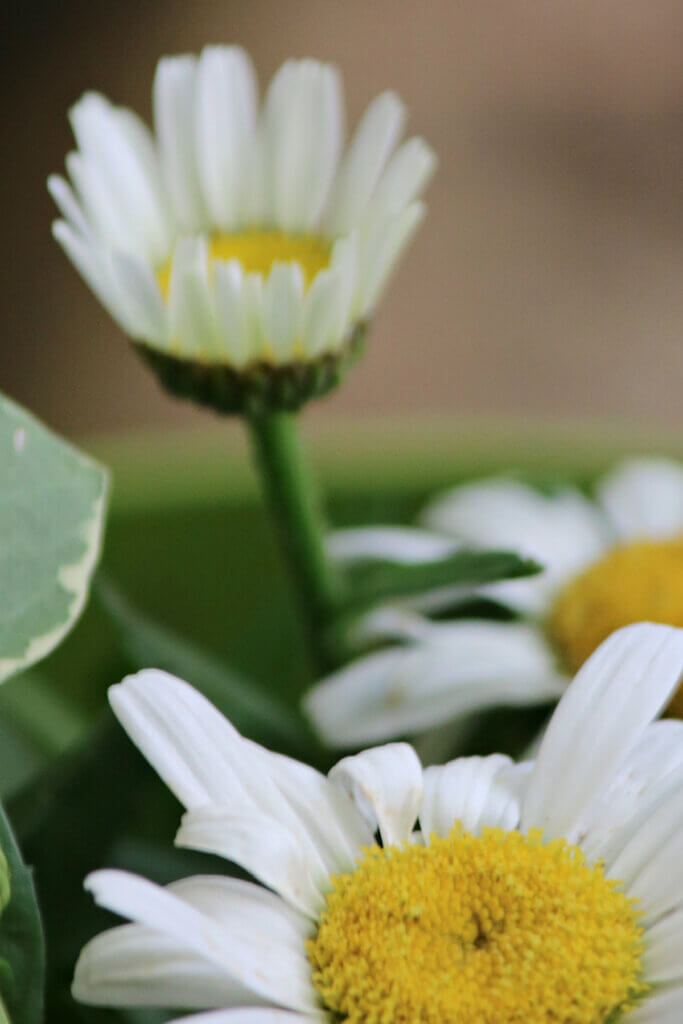
Some of the plants I have in my garden that attract pollinators are coral bells, hosta, begonias, geraniums, salvia, ivy, veronica, and Shasta daisies.
I’m sure when I go out there later I will see that there are even more I forgot to mention here.
How Birds, Bees, Hummingbirds & Butterflies Pollinate Flowers:
Sticky pollen attaches to a bird’s beak and feathers. The bird goes to the next flower and drops off pollen and picks up more. This is the process they use to pollinate flowers.
A bee collects nectar and pollen from the flower and it sticks to the hairs of the body. When she visits the next flower, some of this pollen is rubbed off onto the stigma, or tip of the pistil. This is the female reproductive organ of the flower.
Pollen clings to a hummingbird’s bill as it sips nectar from a flower. Then when the hummingbird visits another flower the pollen is transferred to a new bloom for pollination.
Butterflies pollinate flowers by moving pollen from one flower to another of the same species. The pollen attaches to their body while they are feeding on nectar.
Butterflies are less efficient than bees at moving pollen between plants. Highly perched on their long thin legs, they do not pick up much pollen on their bodies.
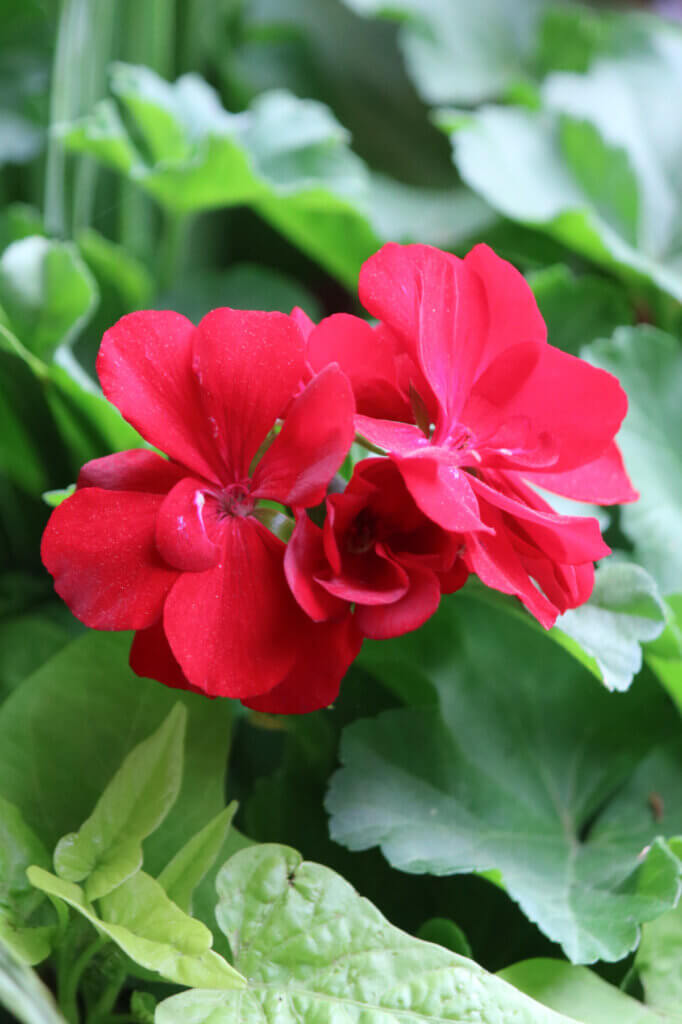
Flower Colors That Attract Pollinators:
Butterflies and hummingbirds are usually attracted to plants with red, orange, pink, or yellow flowers.
The most likely colors to attract bees, according to scientists, are purple, violet, and blue.
Bees are attracted to bright white, yellow, or blue flowers and flowers with contrasting ultraviolet patterns that have fresh, mild, or pleasant odors.
Nature brings many wonderful things for us to enjoy. And the pollinators that are essential to our survival are just part of it.
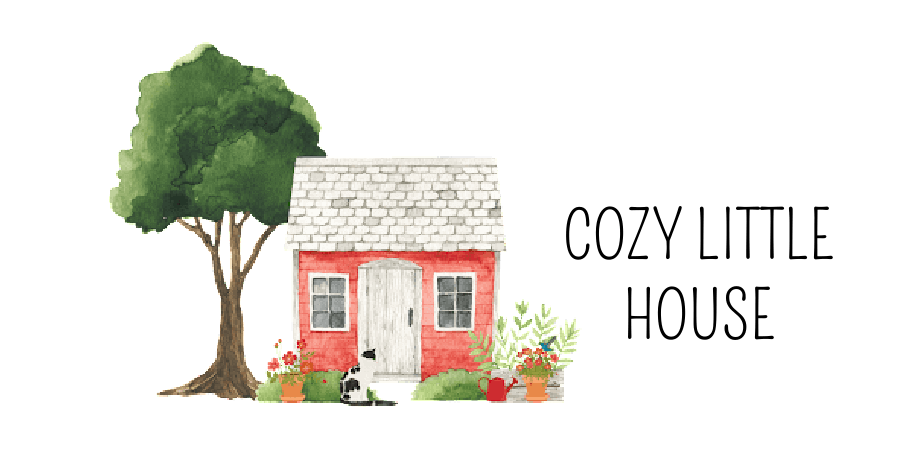
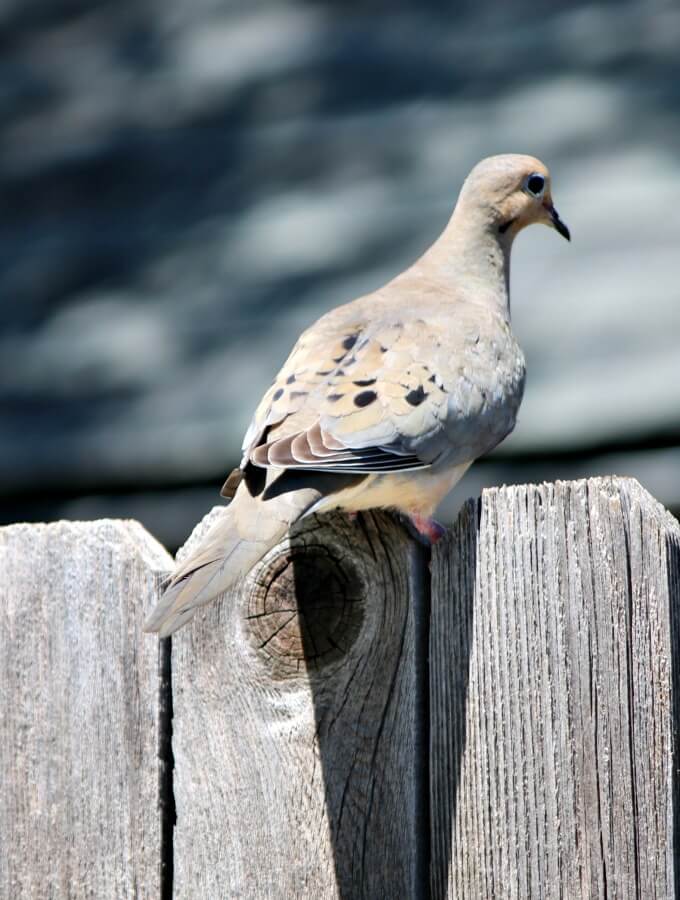
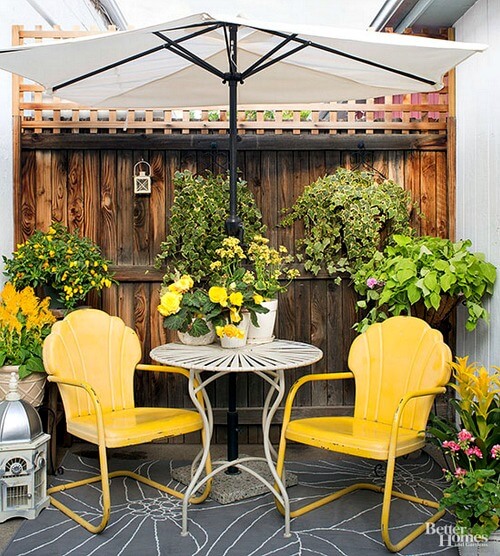
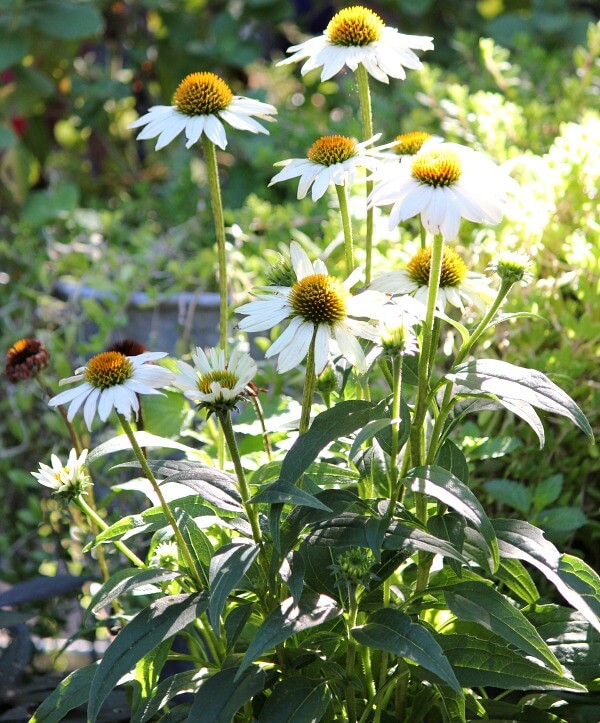
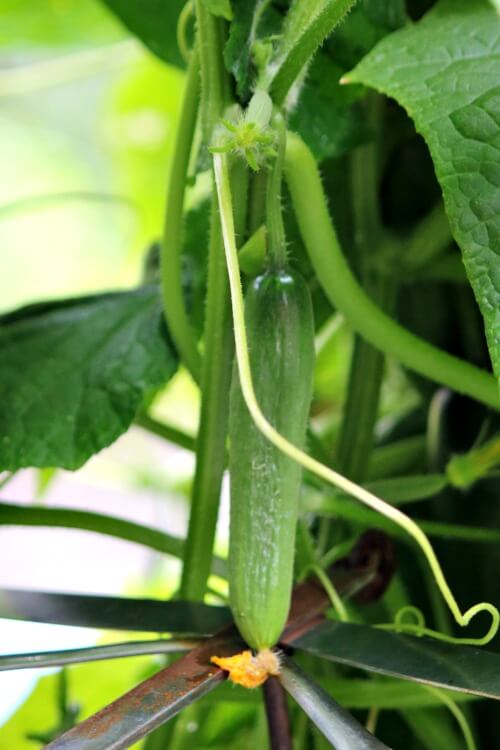

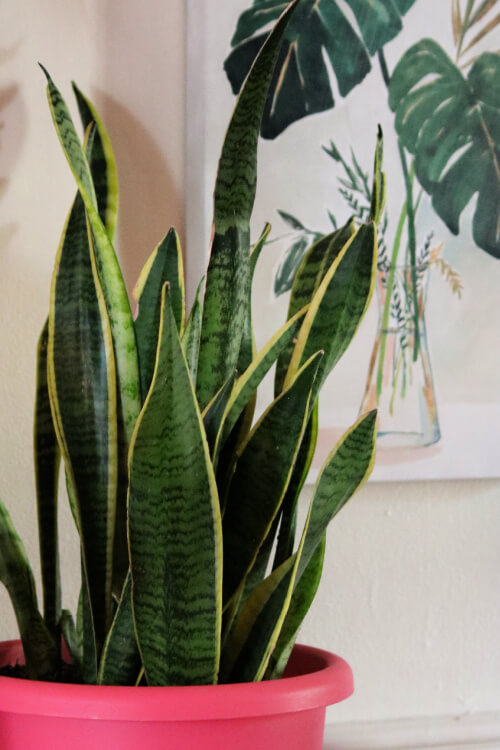
The numbers you mention about pollination in regards to agriculture, goods, food and beverages and are staggering, $40 billion worth of products – wow! I’m happy to be doing my little part to attract bees, butterflies and hummingbirds. We have lots of catmint growing, and is swarming with bees!
I know of someone who lives in an apartment in Chicago. Her patio balcony and even outside stairs are loaded with flowering plants. A couple of years ago someone contacted her as saw her balcony and wanted her to try and raise butterflies from cocoon to flying. She has had great success in this. One type of butterfly waited almost 1 year before it became a butterfly. When they emerge they stay for a while on her flowers and plants and then they fly away.
She has herbs that attract them when they first emerge. I know dill was one she mentioned.
Just goes to show you can live anywhere and have a garden
I’ve learned so much the past couple of days. Thank you for sharing your knowledge and research.
Brenda, it is fascinating to read about pollinators. I had no idea that bats were pollinators. We all have to do our parts, however small to help the birds, bees and the earth.
I hope that you are having a wonderful weekend!
Thank you Brenda, this information on pollination was very interesting!
I learn along with you and enjoy the research!
An informative – and as always – super well written post. It is SO important that we re-think our gardens to be not only beautiful but a part of something much greater. I now have a balcony only but deeply cherish it and do my best for the pollinator pals. I too have mint, basil,lemon balm, rosemary I rooted from a grocery store packet – it’s huge now – and good old parsley. Still hunting for that pineapple sage as – big mistake – I didn’t buy it when I saw it. Plus lots of flowers. Love it so.
Have a good week-end, Brenda, and pats to you know who <3
Mary from PA
We have all kicked ourselves for leaving that one plant at the nursery! You know what they say, sad buy a plant, happy buy a plant, your birthday buy all the plants!
I don’t think it matters what the size of our space is, just make the most of what you have.
This is an interesting and knowledgeable blog post today Brenda!
I know the bees love my fushia rhododendrons bc when I try to go and pick some to put in a vase the bees are mean and go after me!
I didn’t try to get some this yr bc I dropped my bouquet last yr when 3 bees went in them! I was afraid of getting stung! Lol
Have a fantastic weekend Brenda and the community of ppl that read this!
Those bees weren’t about to share!
This is very interesting. Thank you for sharing this information. I know they say not to get rid of the dandelions in the yard too early because they are pollinators for the bees.
When I had my garden I always loved to plant flowers that attracted the butterflies and hummingbirds. So lovely to watch them. Have a good weekend Brenda.
I’ve learned over the years that it’s best to leave things be rather than clear everything out when it turns brown in the fall.